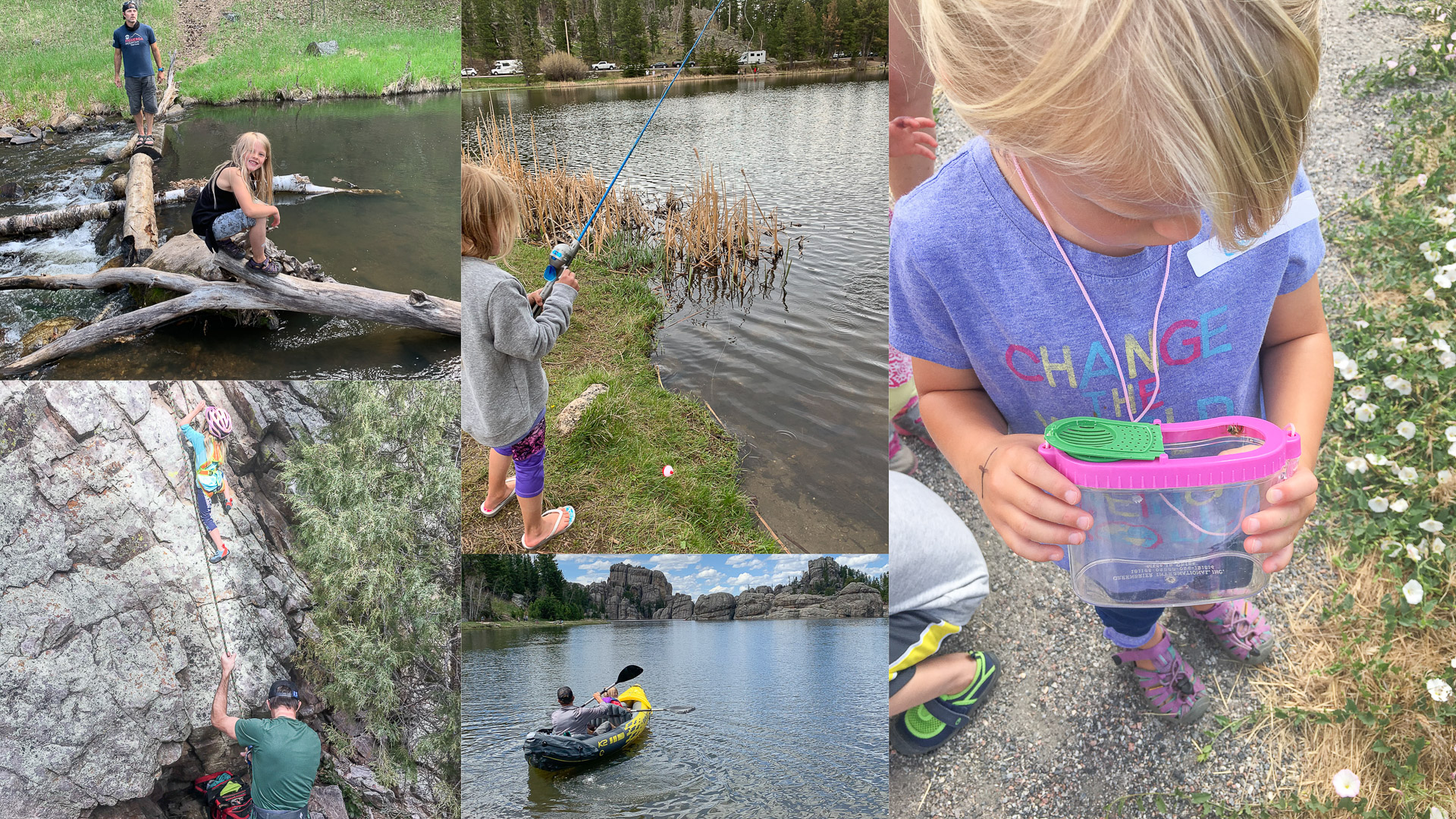
While national parks pull the biggest crowds of people, state parks offer an amazing opportunity to explore the outdoors. Often less crowded, state parks help visitors get a glimpse of local life and history. Here are seven reasons a visit to a state park should be on your outdoor agenda year-round.

Bargain Day
Over two-thirds of state and national parks or monuments are free or inexpensive compared to taking the family to the movies for the day. For less than $20, you can get a full day of entertainment for the whole family. Entry to a state park is never more than $15 for a day, or you can purchase a state parks pass that allows you entrance to every park within the state from $40 to $80, depending on the state.
Check with your local library, as many libraries have programs where you can check out a state parks pass for free. It requires preplanning, but it can make your entry for the day free of charge. Also, states like New Jersey have announced that entry to state parks and beaches are free for the summer.
Some state parks require reservations, including Eldorado Canyon State Park near Boulder, Colo. So, be sure to be aware of restrictions and the need for reservations before you make your way to a park. Some may require you to pay fees on-site for fishing, watercraft and more. Do your research to make sure there are no surprises when you head to the park for the day.

Less Crowds
State parks do not have the same draw as national parks, especially for out-of-state visitors. For this reason, state parks are often less crowded than other parks, depending on the location, amenities, and types of recreational opportunities. Fewer crowds may mean parking is available at trailheads. Wildlife viewing may be more abundant with less noise and fewer people. You won’t have to shout “on your left” over and over on the trails or paddle around so many people on the water. Picking the brain of a ranger may also be easier with fewer people visiting.

Easier To Get There
State parks can be found throughout every state, even though there are 21 states in the U.S. where there are no national parks. In fact, there are close to 7,000 state parks throughout the country. This means that families do not need to drive across the state for hours and hours to find a state park to enjoy.
While some state parks now require reservations, a visit to a state park is far easier than a visit to a national park. It doesn’t require lodging (unless you plan to visit for a few days); permits and prebooked tours are typically not required, and loads of logistics don’t need to be figured out. Travel within state parks is also easier versus at a national park.

Abundance Of Educational Opportunities
At some state parks, you will find visitor centers or museums. Inside, you will find fossils and other artifacts on display that teach about the history of the state park and area. Along trails, you often find signage that may tell about the animals, natural topography, flora, and fauna in the area. If anything historical happened in the park area, you may find a plaque with information on what took place.
At state parks, there are opportunities to interact with the rangers, ask questions or learn more details about the ins and outs of the park. Depending on the park, you may even be able to book tours with a ranger. Free (or for a nominal fee) programs often take place for young children up to adults on a variety of educational topics, from animal habitats to viewing the night sky.

Outdoor Recreation
Recreational opportunities at state parks are abundant. From fishing and kayaking to hiking and biking, there are many ways to enjoy the outdoors. Each park has its own unique topography, so some parks may be better than others for whatever outdoor recreation you enjoy. Recreation options will also change from season to season, offering different opportunities throughout the year.
Use the free Oh, Ranger! ParkFinder app to search for a state park with the activities you are looking for. This app is also great when looking for info on national parks and even many local parks, including info on fees, maps and other details needed for a successful trip. The Chimani app is also a great resource for finding more detailed info about state parks. You can read about parks, download maps and even log your own information about visits.

Kid-Friendly Amenities And Experiences
State parks have an insider mission to make the outdoors accessible to all while growing children into outdoor enthusiasts for a lifetime. With this in mind, state parks have amenities to support exploration, from an abundance of restrooms and play areas to places to picnic and paved paths for strollers. Kid-friendly recreational opportunities, from nature trails and short hikes to beach areas with designated swim areas and more, are abundant at state parks. Look for special kid-focused programs, from special events at the visitor center to a park junior ranger program.

Help Support The State Economy
A visit to a state park not only helps your family get fresh air, exercise, and stimulation of the mind, but it also stimulates the economy. If you’re visiting a local park, your money stays local and goes into the budget to keep the parks clean and safe and may carry over to other aspects of the state budget. On top of the entry fee, and any other associated fees, a state park visit may mean a stop for gas, lunch out and about, and more. All of these things help to build and maintain more outdoor opportunities.





